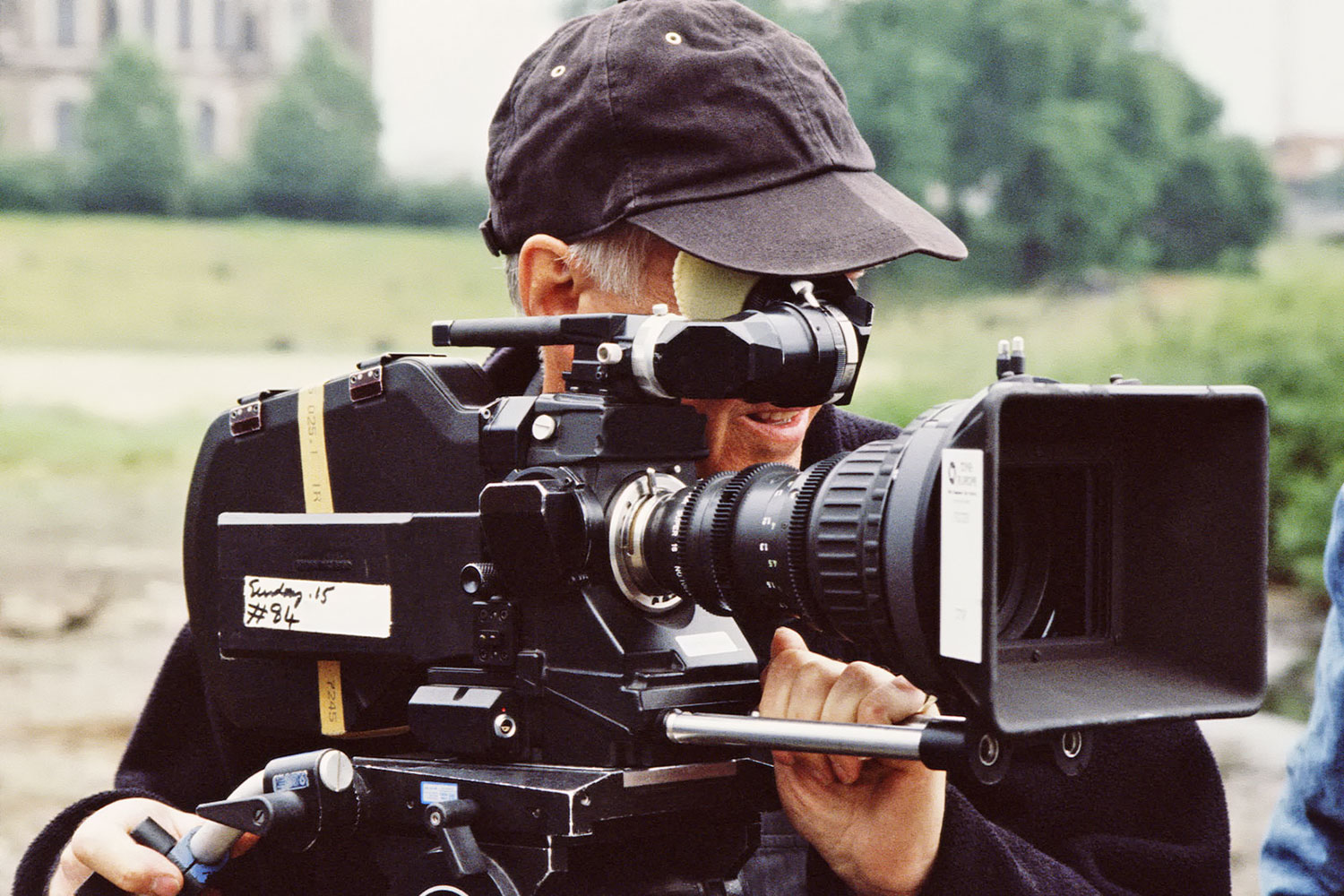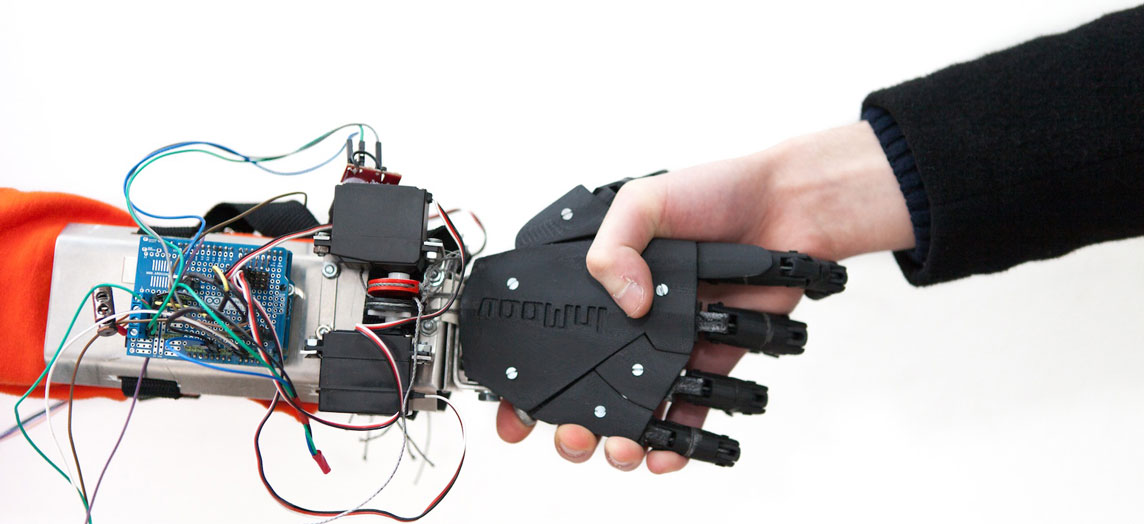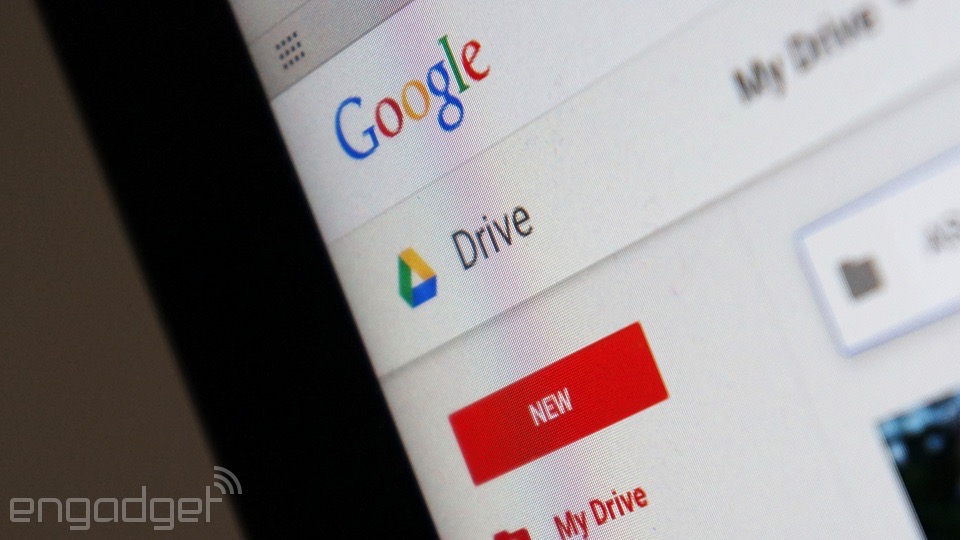
NASA isn't just interested in extra-terrestrial exploration, but in pushing the boundaries of atmospheric flight as well, which is why it's just awarded $100,000 in funding for the supersonic plane concept shown above. As you can see, the symmetrical plane is basically all wing, and that's because it has two different configurations based on how fast you want to go. For normal, subsonic flight, a plane needs a decent wingspan to get off the ground and sustain flight at lower speeds. But, when you want to go supersonic, large wings become a bit of a drag, which is where the concept's bi-functional design comes in. The plane begins its journey in the long-winged setup, but spins 90 degrees amongst the clouds to use its stubby wings for efficient faster-than-sound flight and "virtually zero sonic boom." Gecheng Zha from the University of Miami has been touting his concept for quite some time, but now he's got the cash to refine the design, run simulations and do some wind tunnel testing, with the potential for more funding in the future. Unfortunately, the concept is, at best, decades from becoming a reality, but we're sold on the ninja star-like design. Guile, however, is not impressed.
Filed under: Transportation
NASA awards $100,000 grant for sideways supersonic plane concept, sonic boom not included originally appeared on Engadget on Sat, 01 Sep 2012 18:45:00 EDT. Please see our terms for use of feeds.
Permalink  core77
core77 |
 NASA
NASA |
Email this |
Comments
 Stepping away from fossil fuels is incredibly important, but our move toward a sustainable future will invariably leave countless workers unemployed by no fault of their own. The White House knows this and this week, the Obama administration announce...
Stepping away from fossil fuels is incredibly important, but our move toward a sustainable future will invariably leave countless workers unemployed by no fault of their own. The White House knows this and this week, the Obama administration announce...
 Stepping away from fossil fuels is incredibly important, but our move toward a sustainable future will invariably leave countless workers unemployed by no fault of their own. The White House knows this and this week, the Obama administration announce...
Stepping away from fossil fuels is incredibly important, but our move toward a sustainable future will invariably leave countless workers unemployed by no fault of their own. The White House knows this and this week, the Obama administration announce...
 To maintain its interest in gaming education, the US Department of Commerce's Economic Development Administration renewed a five-year grant this week with Becker College in Worcester, Massachusetts. Becker College is the home of MassDigi, an academic...
To maintain its interest in gaming education, the US Department of Commerce's Economic Development Administration renewed a five-year grant this week with Becker College in Worcester, Massachusetts. Becker College is the home of MassDigi, an academic...
 The Environmental Protection Agency doesn't just want to clamp down on pollution... it wants to develop the technology that helps spot that pollution. It's handing out a total of $4.5 million in grants to six research teams (including Carnegie Mello...
The Environmental Protection Agency doesn't just want to clamp down on pollution... it wants to develop the technology that helps spot that pollution. It's handing out a total of $4.5 million in grants to six research teams (including Carnegie Mello...
 BitTorrent doesn't just want to rely on ready-made content from big-name artists and well-funded indies to fuel its constant distribution dreams -- it's contributing to the projects themselves. The company is launching the Discovery Fund to give movi...
BitTorrent doesn't just want to rely on ready-made content from big-name artists and well-funded indies to fuel its constant distribution dreams -- it's contributing to the projects themselves. The company is launching the Discovery Fund to give movi...
 The World Health Organization estimates 1 billion people across the world live with disabilities, and Google's philanthropy division, Google.org, just pledged $20 million to help improve their situations. The money is spread across 29 programs workin...
The World Health Organization estimates 1 billion people across the world live with disabilities, and Google's philanthropy division, Google.org, just pledged $20 million to help improve their situations. The money is spread across 29 programs workin...
 In a world where consumers are trusting more and more of their personal data to the cloud, security of that data is a growing concern. As a company with a major interest in learning about its customers through the data they share, Google has a vested...
In a world where consumers are trusting more and more of their personal data to the cloud, security of that data is a growing concern. As a company with a major interest in learning about its customers through the data they share, Google has a vested...





